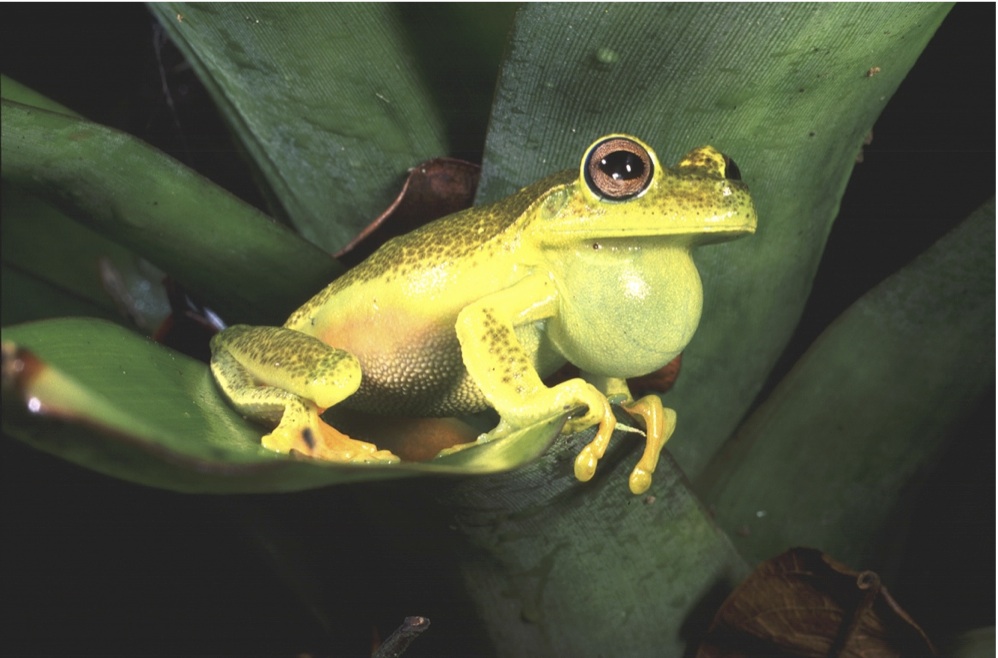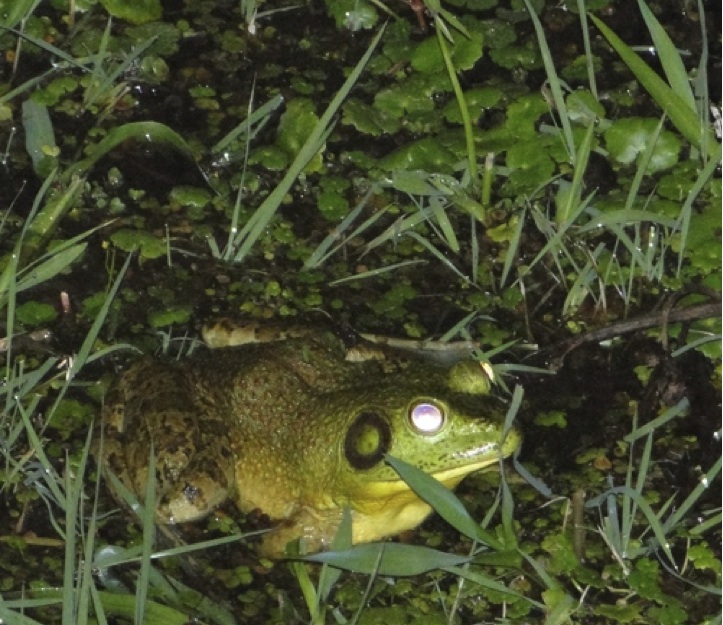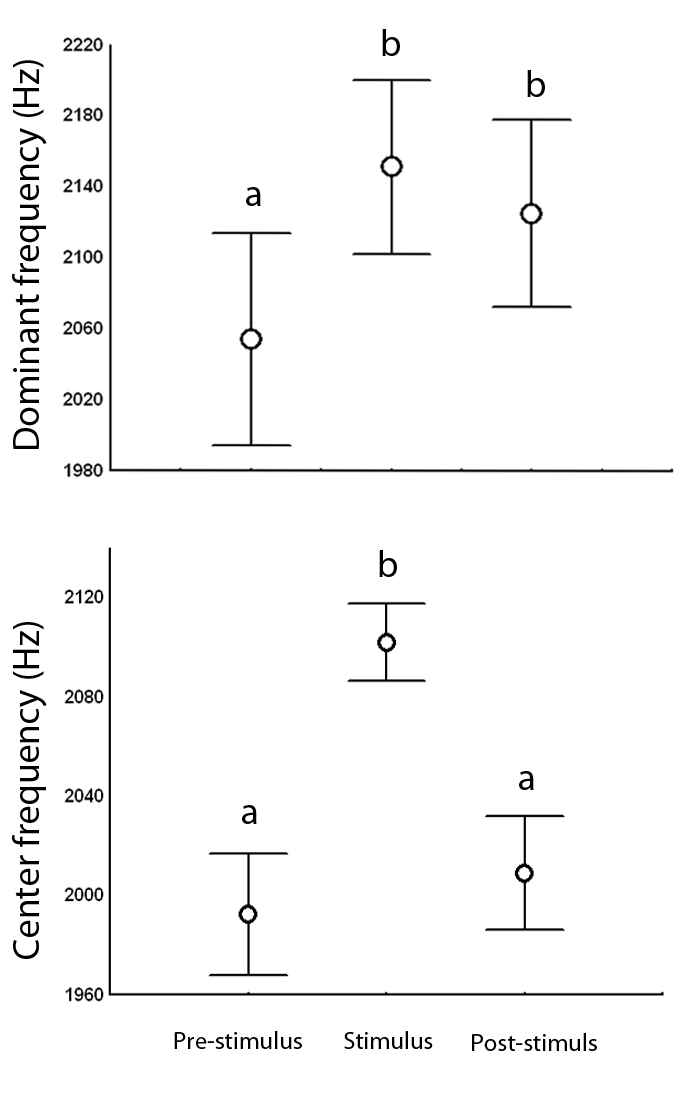Presented Thursday afternoon, June 6, 2013
ICA 2013 Montreal
When humans move from one area to another, they usually take other species with them, either intentionally or accidentally. Many of these species are unable to adapt to their new environments and either die out or rely on human activities for their survival, but others survive and go on to establish viable populations. Because these “invasive species” did not evolve in their adopted ecosystems, they have the potential to have major, irreversible, negative impacts on native biodiversity. Indeed, invasive species are considered one of the five main causes of the decline of biodiversity worldwide.
Organisms interact directly and indirectly in a variety of ways, making it notoriously difficult to relate changes in natural communities to the particular characteristics of an invasive species. Most research has focused on impacts caused by predation, competition for food and space, and disease transmission. A previously unexplored pathway by which an invasive species might affect native species is through acoustic competition. If the invasive species is a noise-producing animal, it might modify the soundscape of a community and either impede acoustic communication by native species or cause them to change their calls. Since many species use acoustic signals to attract and assess potential mates and evaluate rivals, the effects of such acoustic invasions could be far reaching.
In this study, we tested if the sounds produced by an invasive species can have an impact on native species. To do this, we simulated an acoustic invasion in natural, un-invaded ponds the Atlantic Forest of Brazil, where we exposed calling males of the native white-banded tree frog (Hypsiboas albomarginatus, Figure 1) to calls of the invasive American bullfrog (Lithobates catesbeianus, Figure 2), a species that is native to eastern North America but has successfully invaded large areas of the Atlantic Forest and is feared to be contributing the loss of amphibian diversity there.

Figure 1: White-banded tree frog (Hypsiboas albomarginatus)

Figure 2: American bullfrog (Lithobates catesbeianus)
We conducted the experiments at three permanent ponds in an Atlantic Rainforest relict in Serra do Itajaí National Park, in southern Brazil, in November and December 2009. First, we composed a recording following an A-B-A design: 5 minutes of silence, 5 minutes of stimulus, then 5 minutes of silence. The stimulus consisted of nine trains of five bullfrog calls (6.6 seconds duration) with 30-second intervals between each call. At the ponds, we searched for calling tree frogs from 9 p.m. until midnight. Once we found a calling tree frog, we set a speaker 1 m from the tree frog and 10 centimeters above the water and directed the speaker toward the frog. We waited 3–5 minutes to prevent any interference from our movements and then played the A-B-A stimulus. We recorded the calls of each tree frog for 15 minutes.
From data collected from these recordings, we discovered that the bullfrog calls had a significant effect on the pitch or frequency of the tree frog calls (Figure 3). The dominant frequency, which is where most of the energy of a call is concentrated, of tree frog calls increased while the bullfrog calls were being reproduced. The middle frequency, which is the frequency that divides the sounds into two components of equal energy, also changed when the tree frogs were exposed to the calls of the invasive bullfrog (Figure 3). We also found that the notes tree frogs emitted were significantly shorter after they were exposed to the bullfrog calls.

Figure 3: Main effects (circles = means / bars = standard deviation) of American bullfrog advertisement calls on white-banded tree frog advertisement calls. During the stimulus period, tree frogs increased the dominant and centre frequencies. Letters indicate groups that are statistically different from one another.